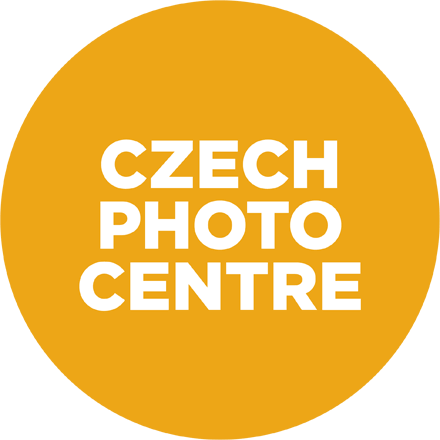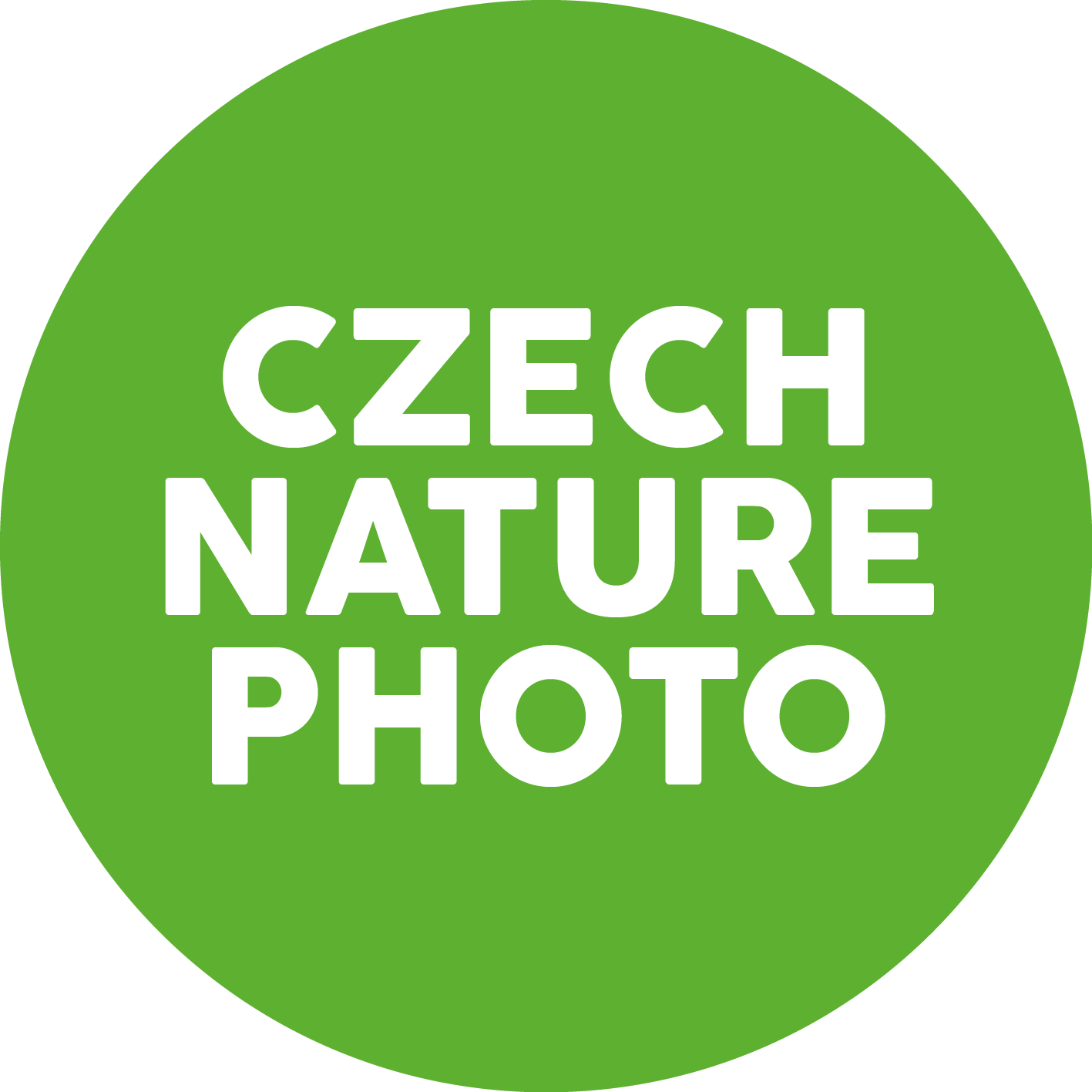




Dates:
20 September – 7 October 2018
Entrance:
80 CZK / 40 CZK (concessions), fee also includes entrance to the main exhibition, Homoloviny
Venue
Small hall CPC
Seydlerova 2835/4
Prague 5 (Nové Butovice)
See map
There are stories which should not be forgotten, which still have something to tell us. There are people whose desire for knowledge has become their career, and Miloslav Stingl is one of them. The life and work of this traveller, ethnographer, scientist and writer is one of the most extraordinary stories of the twentieth century. Alongside the author of his biography, Adam Chroust, we selected the stories of people who still have something to tell us. We have put together this exhibition based on their wisdom, humility and life experiences, lives in which they have managed to overcome and push forward the boundaries of the possible.
Exhibition title: Miloslav Stingl’s Faces of the World
Authors: Miloslav Stingl
Venue: Czech Photo Centre Small Exhibition Hall
Dates: 20 September - 7 October 2018 (every day except Mondays)
Opening hours: Tue - Fri: 11am – 6pm / Sat - Sun: 10am – 6pm
Entrance fee: 80 CZK / 40 CZK (concessions), fee also includes entrance to the main exhibition, Homoloviny
At a time of sealed and closed borders and at the height of the Cold War, he travelled through a hundred and fifty countries across the world. He experienced the Cuban blockade, discovered the ruins of Mayan cities, assisted at the birth of Inuit babies in the Arctic, and has mastered seventeen world languages and dialects. Over his twenty years of travelling, the world has changed before his eyes.
He faced no issues in terms of family background being the son of a mining engineer, was apolitical and gave the regime an opportunity for self-promotion with each of his trips. He did not push for an official role, did not weary himself in battling with rivals, and made sure he did not give anyone reason to find him bothersome. In 1962, Miloslav Stingl’s travel and research career moved to a new level. The Czechoslovak Academy of Sciences (ČSAV) was recruiting for a researcher of Latin America. He managed to get the position, which over six hundred other candidates had also applied for. Over his ten years at ČSAV, Miloslav Stingl spent time studying and working at over fifty universities and research institutions abroad.
Miloslav Stingl’s greatest discovery was made in Cuba. He organised a research expedition in 1965 which managed to map and describe in detail an original Indian tribe most experts did not believe existed. He organised two expeditions into the mountainous inland part of the eastern half of Oriente Province. In the middle of the almost impenetrable jungle, the anthropologists came across a few hundred Yateras Indians. The large families live in small huts woven from branches and palm leaves and with walls covered in clay.
The traveller continued in his travels to Mexico, researching the Indians of Central America for the subsequent six months at the end of 1965. Besides studying all the major archaeological locations, he was involved in an aerial survey in which a group of archaeologists mapped out inaccessible Indian structures in the middle of the Mexican jungle, discovering many which had been previously unknown.
With increasing liberalisation within Czechoslovakia, in 1967–1968 he undertook an extensive journey around the world, during which he visited native Inuits in the Canadian Arctic, North American Indian tribes in the USA, travelled across dozens of islands in Oceania, stayed with the Maori in New Zealand, visited the descendants of cannibals in New Guinea, native Aborigines in Australia and the Batak and natives from the island of Nias in Indonesia. It was the very first time he had been allowed to visit this world-renowned focus of research into ethnography and social anthropology. In 1969–1970 he travelled to the Caribbean and the South American states, including Easter Island, visiting the whole of Micronesia a year later. He was hardly forty years old and he had seen almost the whole world. He travelled extensively until his eighties.